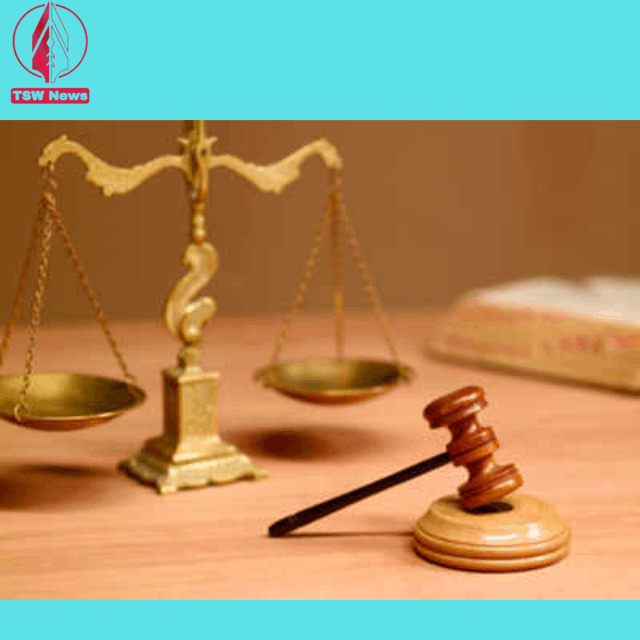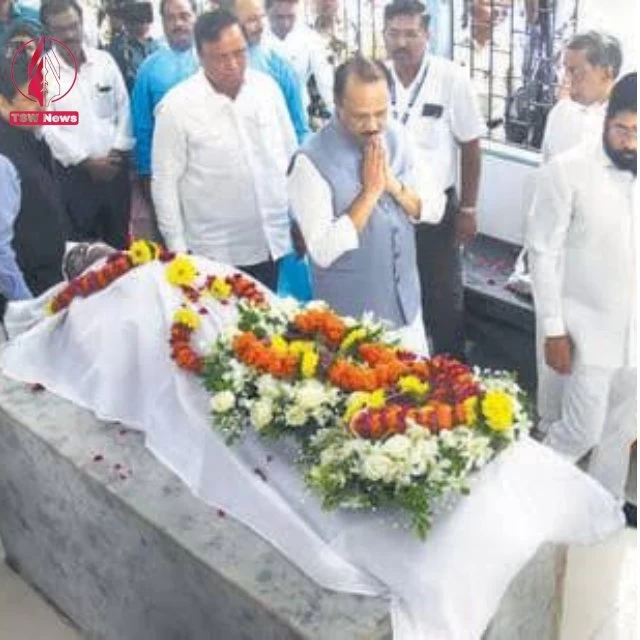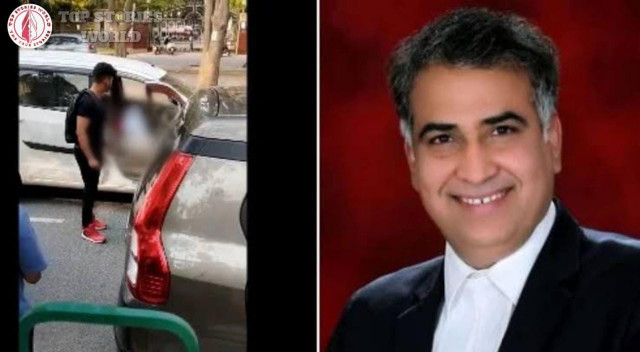How law and order was established in India during freedom?
- Posted on August 19, 2023
- News
- By TSW NEWS DESK
- 194 Views

Introduction
The development of law and order throughout India's turbulent war for freedom was not just a legal need; it was a foundation of the nation's quest for self-governance. A just and equitable legal framework protecting the rights of all Indian citizens was essential in the face of colonial oppression and was therefore developed alongside the movement for independence. British-imposed regulations often perpetuated inequality and servitude, adding to the complexity of the period's many other problems. This setting paved the ground for the incredible path of legal change, civic disobedience, and constitutional construction that led to India's independence from colonial authority.
Let’s have a look at the journey of the same.
Colonial Rule and Initial Legal Framework (British Rule: 1858-1947):
The Indian legal system under British colonial control was based more on imperial interests than on justice and equality. The unequal status quo was maintained by British laws that were biassed towards Indians and were intended to solidify colonial rule. There was a huge disparity in power between the colonial authority and the governed as a result of these laws.
The legal systems that the British established were frequently used as instruments of oppression, allowing the government to silence Indians who were calling for reform. Despite these obstacles, early Indian leaders began working within the legal framework of the colonial era to seek justice and reform.
They used the court system to express their grievances and fight for their rights and some semblance of justice. These first efforts laid the groundwork for a later, bigger movement that would challenge the colonial legal structure itself, eventually leading to India's struggle for independence.
Civil Disobedience and Legal Resistance (Early 20th Century):
The Indian National Congress and other liberation organisations in India relied heavily on civil disobedience and other forms of nonviolent resistance to colonial rule. The goal of this approach, which Mahatma Gandhi helped popularise, was to weaken colonial power without resorting to violence.
The colonial government cracked down hard on Indians who disobeyed its laws. For speaking up against the establishment, many people paid the price with arrests, biassed trials, and jail time. The purpose of this campaign was to silence critics and prevent additional civil disobedience.
Lawyers were crucial in protecting demonstrators in the middle of this upheaval. Famous lawyers offered their services for free to defend the accused and make sure that justice would not be delayed. By challenging the constitutionality of arrests and trials, these attorneys helped bring to light the unfairness of the colonial legal system. Their tireless work not only gave the demonstrators a legal foothold, but also shed light on the gap between justice's ideals and colonial practice.
Evolution of Legal Movements (Early to mid-20th Century)
Powerful legal movements emerged throughout India's freedom fight with the goal of opposing the colonial government's repressive legal framework. These groups hoped to use the force of lawfare to fight back against the injustices of the legal system enforced by the British.
Revolutionaries Mahatma Gandhi, Jawaharlal Nehru, and Bhagat Singh all understood the value of the law in their fight for civil liberties. Their dedication to employing the law to effect social change was exemplified by Gandhi's nonviolent civil disobedience campaigns, Nehru's legal expertise, and Bhagat Singh's legal defence work.
At the same time, there was an uptick in the number of forums, organisations, and publications devoted to the law. The goal of creating these forums was to get people thinking critically about the rules they're subjected to and to take informed, politically active steps to improve the system. These efforts were made so that Indians would be better equipped to deal with the colonial judicial system.
India's fight for independence was bolstered by the growth of legal movements, which expanded the movement beyond acts of physical resistance into a struggle for justice and equality.
Legal Framework Post Independence (Post-1947):
Following India's long struggle for independence, the country's legal system witnessed profound change. A new legal framework was constructed to represent the hopes and dreams of a democratic society freed from colonial rule.
The Constitution of India, the cornerstone of the country's legal and judicial system, was instrumental in bringing about this change. The ideas of justice, equality, and the rule of law were carefully woven into the Constitution. It established the basis for a body of law with the goals of safeguarding individual liberties, advancing social justice, and guaranteeing a democratic and transparent system of government.
In addition to providing a framework for legislation, the Constitution also created an impartial court with the authority to uphold individual liberties and interpret the law. By bringing India's legal system in line with democratic and human rights ideals, this new framework ushered in a more equitable and welcoming era for the country.
DR. BR AMBEDKAR & The Constitution (Mid-20th Century):
The Constitution of India, on which B.R. Ambedkar worked extensively, is a cornerstone of Indian law. His efforts to protect social rights and promote fairness have had far-reaching implications. Ambedkar's ideas and work are crucial to understanding India's fight for independence and the development of law and order. In this context, it is important to recognise his work in shaping the Constitution and fighting for the rights of underrepresented groups.
Role of Judiciary and Enforcement Agencies (Post-Independence)
The Indian judicial system has been essential in maintaining law and order, checking the misuse of authority, and safeguarding individual liberties throughout the country. Precedents established by the law in landmark cases frequently serve to protect fundamental liberties. Affirming the judiciary's responsibility as a defender of the Constitution's underlying values, cases like Kesavananda Bharati v. State of Kerala established the idea of basic structure.
Law enforcement agencies have been given the role of keeping the peace and protecting citizens' rights alongside the judicial system. They are responsible for more than just keeping the peace; they must also ensure that justice is served and that the rule of law is respected in every community across the country. But part of this double duty is figuring out how to keep the peace without trampling on people's rights.
The Indian legal system relies heavily on the partnership between the court and law enforcement to uphold peace and order and guarantee the equal protection of all citizens.
Challenges and Progress (Post-Independence):
India's efforts to preserve peace and order after independence were hampered by a number of circumstances. Significant dangers were posed by acts of communal violence, linguistic disagreements, and socioeconomic gaps. Discord was eroded by acts of violence sparked by racial and religious conflicts. Disagreements flared up over language, which was a threat to the group's cohesion. Inequality in the social and economic sectors stoked unrest, endangering peace and order.
The government of India promptly responded by taking preventative action. Changes in the law were made to better facilitate access to justice and to redress grievances. Social welfare, affirmative action, and economic development policies all had the goal of levelling the playing field. To help people from different backgrounds communicate and learn from one another, many programmes were created.
As India overcame these obstacles, progress became obvious. Even if instances occurred, the nation was able to confront them and foster coexistence because of its resiliency and dedication to democratic values. India's will to protect its freedom and create a more equitable society is reflected in the country's concerted efforts to strengthen its legal infrastructure.
Conclusion
During India’s fight for independence, the route towards building law and order was defined by tenacity and revolutionary efforts. A paradigm change away from repressive colonial laws was ushered in through legal action, which was interwoven with nonviolent resistance. Modern India's commitment to justice, equality, and the rule of law may be traced back to the evolving legal structure typified by the Constitution. The nation's dedication to these values has not wavered, even after it won its independence. The ongoing fight for justice, equality, and the rule of law in India is a reflection of this journey's legacy, which transcends time and defines the country's present and future aspirations for social harmony.




